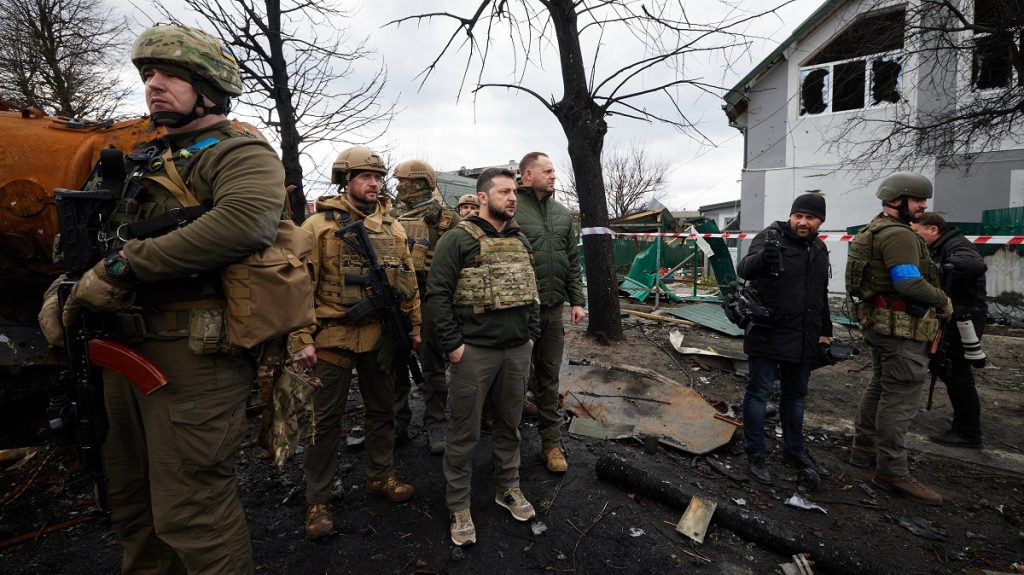
Not often does one missile precipitate the collapse of a Cold War-era treaty and start up a geopolitical standoff, only to show up again in combat several years later. But that’s precisely what Russia’s 9M729 has managed. Once the center of Washington’s withdrawal from the INF Treaty, this weapon has now become a recurring feature of Moscow’s long-range strikes on Ukraine.
The Kremlin has fired the INF-banned cruise missile at Ukrainian targets 23 times since late August, according to recent reporting from Kyiv and independent analysis. Their range threatens most of Europe they were designed to evade detection. Battlefield use of the 9M729 raises urgent questions about Russia’s intentions, its missile stockpile, and the future of arms control. The following listicle looks at nine critical aspects of the 9M729 deployment, its strategic implications, and the wider missile landscape that frames the war in Ukraine.

1. From Treaty-Breaker to Battlefield Weapon
The notoriety of the 9M729 began well before its current combat role. U.S. officials accused Russia of covertly developing and testing the missile beyond the INF Treaty’s 500 km limit, leading to Washington’s formal withdrawal in 2019. NATO labeled it SSC-8 Screwdriver, citing its nuclear-capable design and estimated range of up to 2,500 km. Moscow denied violations, claiming a shorter range, but its August 2025 decision to lift a self-imposed ban on intermediate-range deployments opened the way for its use in Ukraine.

2. Frequency and Lethality of Strikes
Ukrainian officials claim the 9M729 has been fired against Ukrainian targets 23 times in 72 days roughly one missile every three days. One of the strikes, on Oct. 5, flew over 1,200 km before striking Lviv region and killing four civilians. Satellite images of debris marked 9M729 were reviewed by Jeffrey Lewis of Middlebury College, who said they matched the missile’s known design features. Long-range precision strikes like these expand Russia’s array of possible attack options well beyond front-line combat zones.

3. Advantages in Mobility and Concealment
Unlike the fixed-site launch systems, the 9M729 transporter-erector-launcher could carry four missiles and relocate quickly. That mobility would enable Russia to fire from deep inside its territory and vary the axes of launch, further complicating Ukrainian air defense planning. Analysts noted that the implication is that its similarity to the INF-compliant Iskander-M launcher might complicate any future arms control verification.
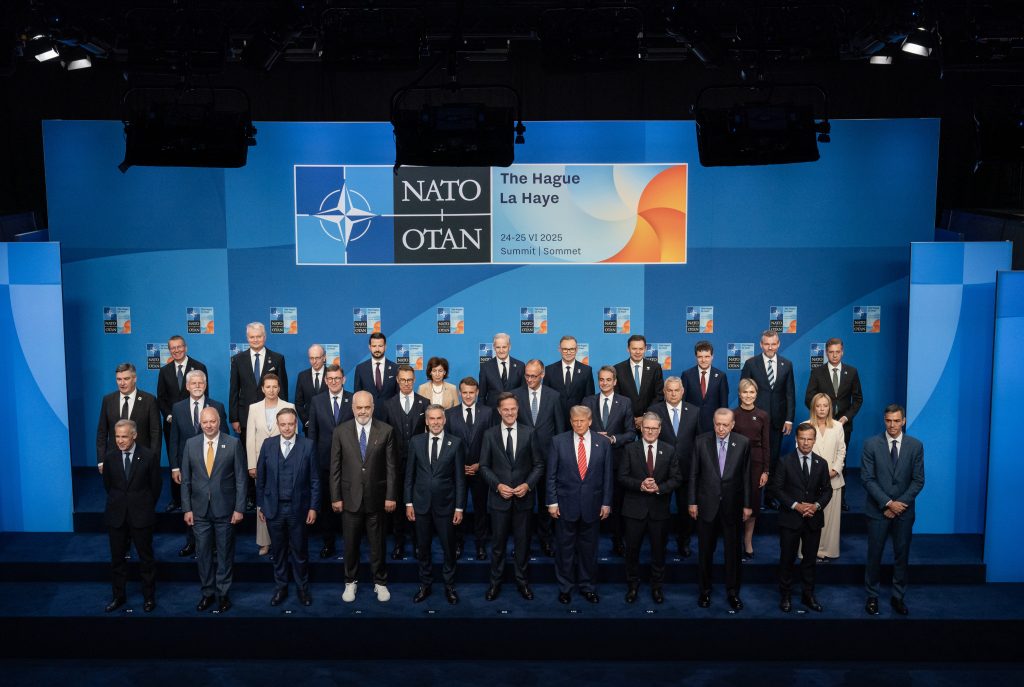
4. Strategic Signaling to NATO
The range of the missile places all but a few European NATO members in range, with firing in Ukraine having served as a direct signal to the West. According to Douglas Barrie at the International Institute for Strategic Studies, such deployments are a part of Russia’s practice to try out high-profile weapons in combat theaters while sending deterrent messages to adversaries. This posture was furthered by tests of other nuclear-capable systems like Poseidon and Burevestnik.
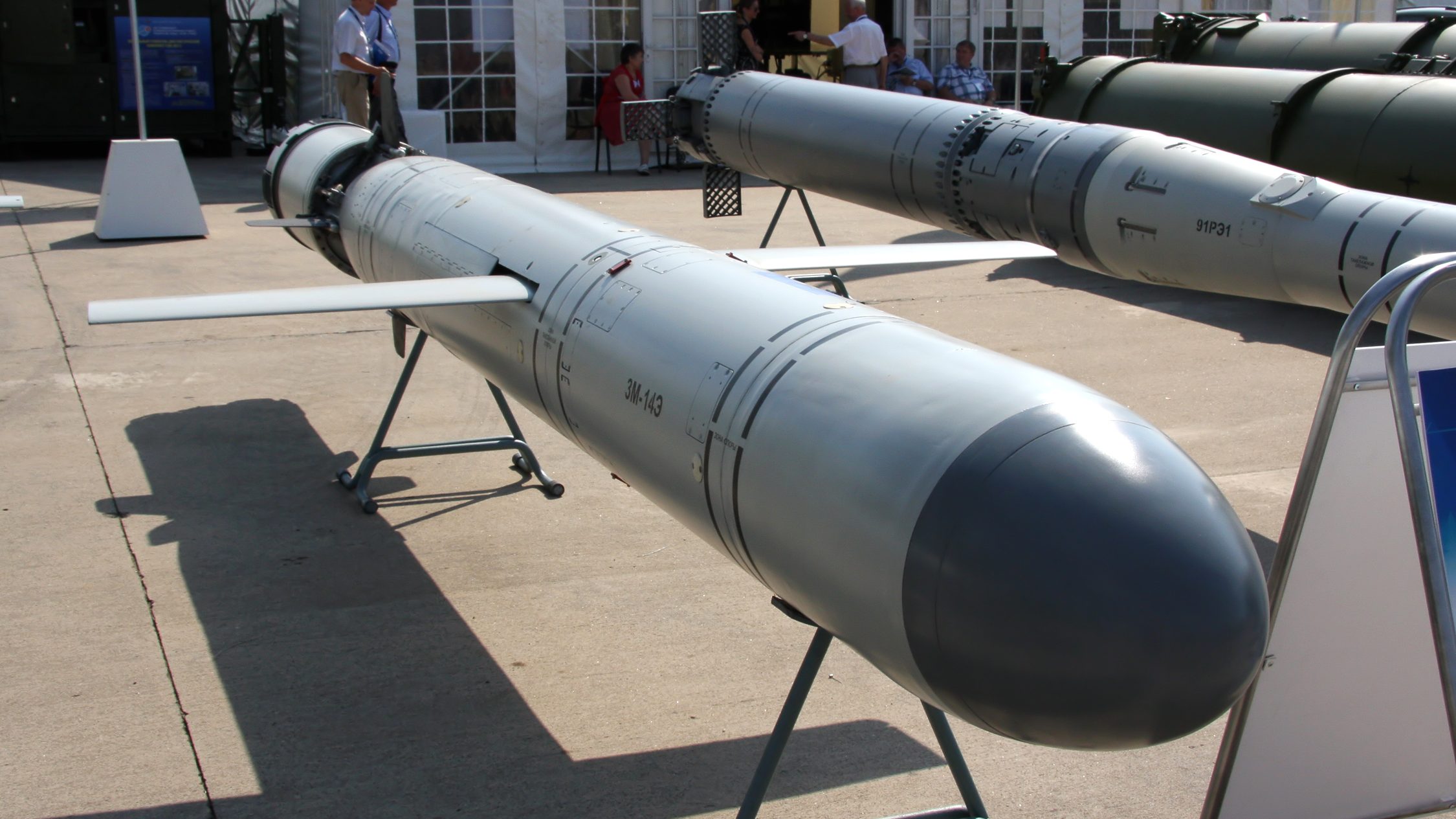
5. Implications of Missile Stockpile Constraints
Reliance on the 9M729 could reflect a dwindling stockpile of other types of long-range precision munitions such as Kh-101 and Kalibr. Very limited access to high tech components because of sanctions, and the number of facilities able to produce cruise missile engines-including the TRDD-50-is still limited to about 40-50 units per variant and year. In sum, the maximum estimated annual production volume for Russia’s most significant LRMs is no higher than 225 units, which limits options for high-volume strikes.
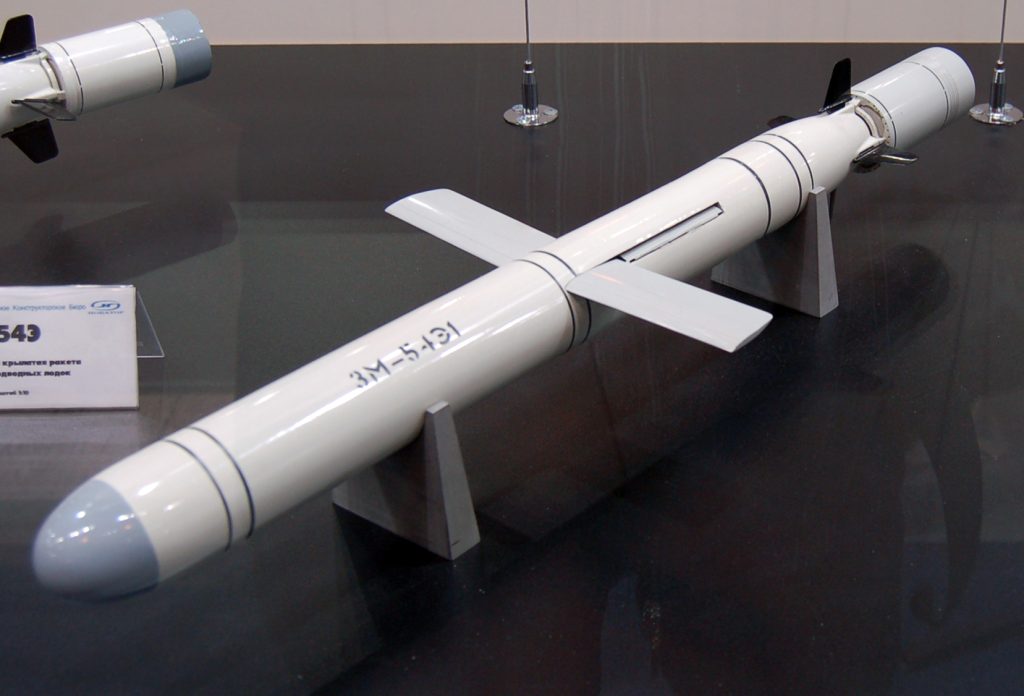
6. Evolution from Kalibr and Iskander Designs
The 9M729 is also thought to be a ground-launched version of the 3M-54 Kalibr or a variant of the Iskander-K with an enhanced guidance system and larger warhead than the 9M728, developed by NPO Novator. Design heritage from both systems aims at guaranteeing maximum precision and survivability, yet actual operating range stands in contrast to Russia’s declared less-than-300-mile range.
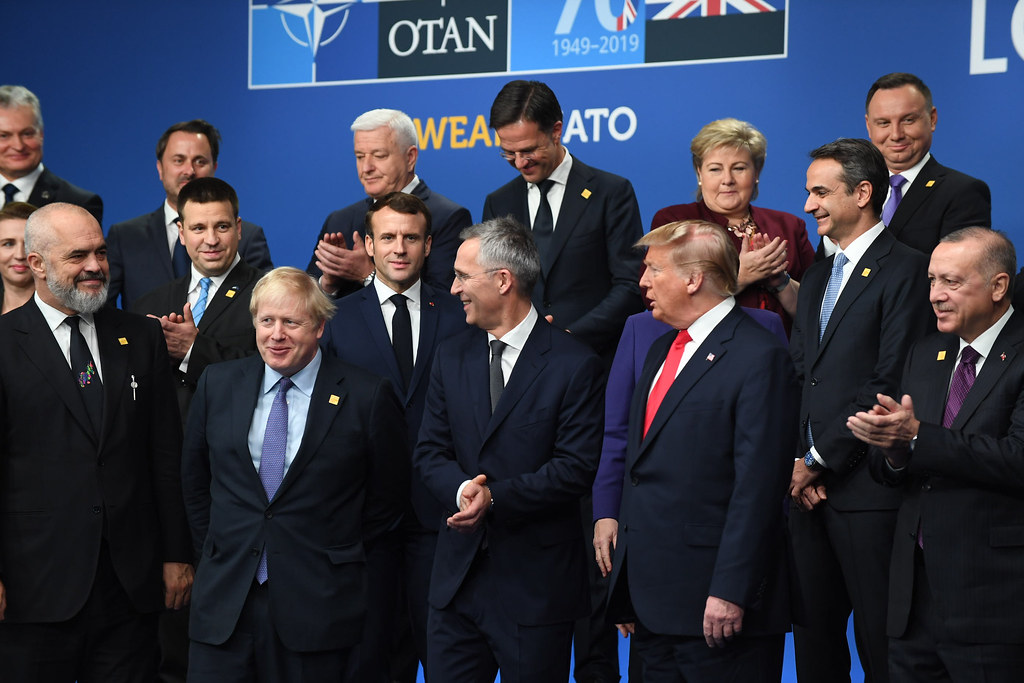
7. INF Treaty Collapse and Aftermath
The 1987 INF Treaty eliminated 2,692 U.S. and Soviet missiles in the 500–5,500 km range. In 2019, U.S. Secretary of State Mike Pompeo declared that “Russia is solely responsible for the treaty’s demise,” due to the 9M729’s noncompliance. NATO backed the U.S. withdrawal, warning that all of Western Europe could fall within range. The end of the treaty removed a critical legal barrier to such deployments.

8. Ukrainian push for Tomahawk missiles
Kyiv has asked for U.S. Tomahawk cruise missiles to balance Moscow’s advantage in the ability to strike from long distance. With ranges up to 2,400 km and precision guidance, Tomahawks could strike deep inside Russia. U.S. leaders, notably Donald Trump, have been cautious, warning of risks of escalation. Currently, Ukraine relies on shorter-range ATACMS and drones, falling well short of matching the reach of the 9M729.
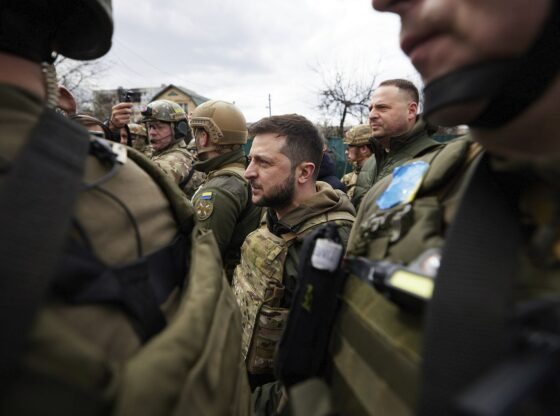
9. Regional Security Implications
Experts say this free deployment of INF-range missiles by Russia is a threat that goes beyond Ukraine to include European security. According to Foreign Policy, ex-British defense attaché John Foreman says that nuclear-capable systems, such as the 9M729, change the strategic balance on the continent. Without new arms control agreements, this type of deployment would spur a new arms race and undermine stability.
The use of the 9M729 in Ukraine, as confirmed, presents a perilous confluence of treaty violations, strategic messaging, and battlefield necessity. More than just another missile, in its mobility, range, and possible nuclear capability, it represents a shift in the military and diplomatic landscape in Europe. In having Russia test the limits of Western response, the role of the 9M729 in the conflict underlines the urgent need for renewed arms control efforts and a reassessment of regional defense strategies.


